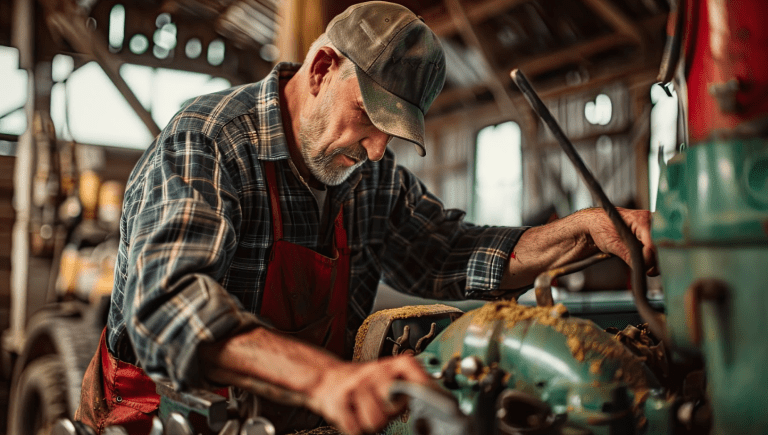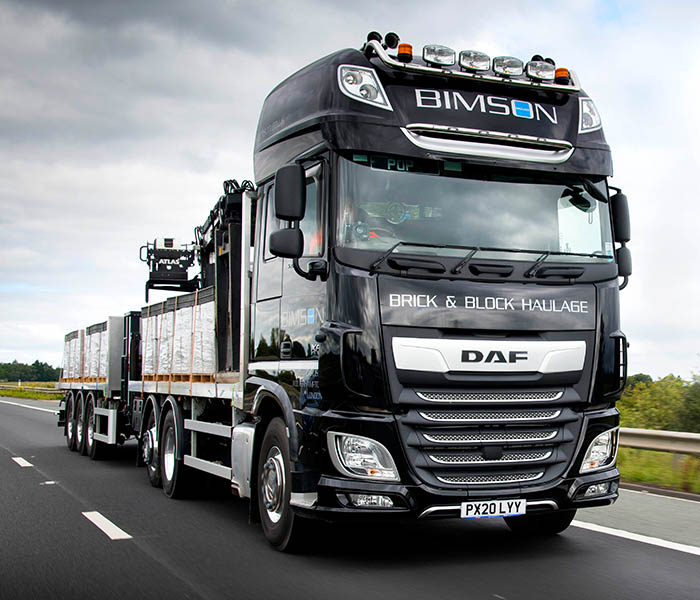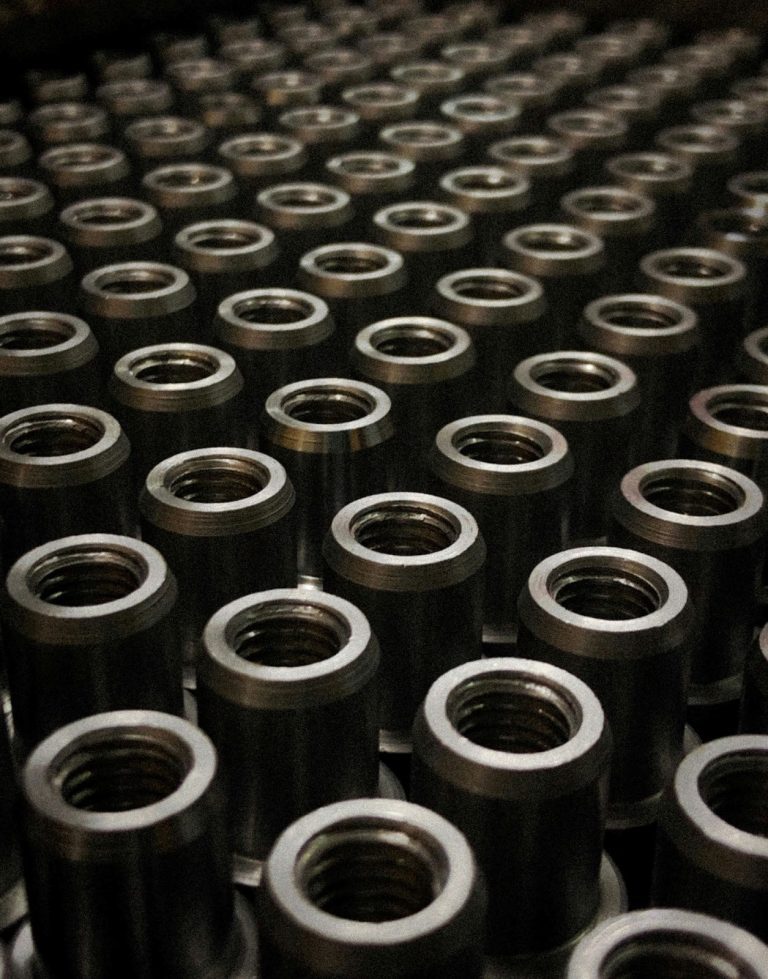Ceramic materials are pivotal in various construction and design projects, ranging from flooring to wall claddings. Their aesthetic appeal, durability, and versatility make them a preferred choice among contractors and designers. However, understanding the intricacies of ceramic testing is indispensable to ensure ceramic installations’ longevity and performance. This article delves into the essential aspects of ceramic testing that every contractor must be familiar with, covering the why, what, and how of the process. Importance of Ceramic Testing Ceramic testing is a critical evaluation that guarantees the safety, durability, and aesthetic integrity of ceramic materials used in construction projects. It involves a series of standardized tests that assess various physical, chemical, and mechanical properties of ceramic tiles and products. These tests identify ceramic suitability for specific applications and ensure compliance with industry and regulatory standards. In ceramic materials, porcelain stands out for its density, low porosity, and high resistance to wear and tear. As such, certified porcelain testing is a specialized segment of ceramic testing that focuses on evaluating the quality and performance of porcelain tiles. This rigorous testing procedure ensures that the porcelain tiles meet the stringent standards set for water absorption, breaking strength, and scratch resistance, among other criteria. Overall, contractors can use certified porcelain tile to comprehensively assess their tiles’ quality. Key Tests In Ceramic Testing Ceramic materials are integral to construction and design, offering beauty, resilience, and versatility. However, their performance and longevity depend on their properties, which require thorough testing. Understanding key tests in ceramic testing is essential for contractors to ensure the materials chosen meet the required durability, aesthetics, and functionality standards. These tests include: 1. Water Absorption Test The water absorption test is pivotal in evaluating a ceramic’s durability, particularly in moisture-rich environments. By measuring how much water a tile can absorb, this test offers insights into its frost resistance and structural integrity over time. Tiles with lower water absorption rates are less prone to cracking and weathering, making them ideal for outdoor or wet applications. Contractors must understand a tile’s water absorption to determine its environmental suitability and longevity. 2. Breaking Strength Test Floor tiles are subject to constant stress from foot traffic and furniture, making the breaking strength test critical for assessing their load-bearing capabilities. This test determines the force at which a tile will succumb to breaking or cracking, ensuring that the selected tiles can withstand the demands of their intended use. High breaking strength values indicate tiles that offer superior durability and are less likely to require premature replacement, thereby upholding the structural and aesthetic integrity of the flooring over time. 3. Scratch Hardness Test Maintaining the aesthetic quality of ceramic surfaces in high-traffic areas is paramount, and the scratch hardness test addresses this need by evaluating a tile’s resistance to surface abrasions. This test is instrumental in selecting tiles that will retain their appearance despite frequent use or exposure to abrasive materials. Tiles that excel in scratch hardness tests are ideal for areas where aesthetics are as crucial as durability, ensuring that the surface remains pristine and visually appealing even under strenuous conditions. 4. Chemical Resistance Test Ceramic tiles’ interaction with chemicals, ranging from mild detergents to aggressive solvents, is inevitable, especially in kitchens, bathrooms, and industrial settings. The chemical resistance test assesses a tile’s resistance to chemical damage. This test is essential for ensuring that the tiles’ aesthetic and structural properties remain intact, even after repeated exposure to potentially harmful chemicals. Tiles that pass this test are well-suited for environments where chemical spills and cleanings are routine, providing peace of mind regarding their long-term performance and appearance. Choosing The Right Testing Laboratory Selecting a reputable and accredited laboratory for ceramic testing is crucial. The laboratory should be equipped with the latest testing technologies and staffed by experienced professionals who can provide accurate and reliable results. Accreditation by recognized bodies ensures that the testing procedures adhere to international standards, providing contractors with the confidence that their ceramic materials are thoroughly evaluated. Understanding Test Results Interpreting the results of ceramic testing is as crucial as conducting the tests themselves. Contractors must understand the implications of the test outcomes to make informed decisions about material selection. For instance, a high water absorption rate may indicate the ceramic is unsuitable for outdoor or wet-area applications. Similarly, lower breaking strength values might restrict the use of certain tiles for wall applications rather than flooring. The Role Of Testing In Sustainability Sustainability is an increasingly important consideration in construction projects. Ceramic testing plays a pivotal role by ensuring that materials meet environmental standards, contribute to energy efficiency, and are responsibly sourced and manufactured. Contractors committed to sustainable building practices should consider the environmental credentials of ceramics as part of their testing criteria. Conclusion Ceramic testing is a cornerstone in selecting and applying ceramic materials in construction projects. It offers a systematic approach to assessing the suitability, performance, and durability of ceramics, ensuring that they meet the specific needs of a project while adhering to industry standards. By understanding and utilizing the insights gained from ceramic testing, contractors can enhance their projects’ overall success and sustainability.














